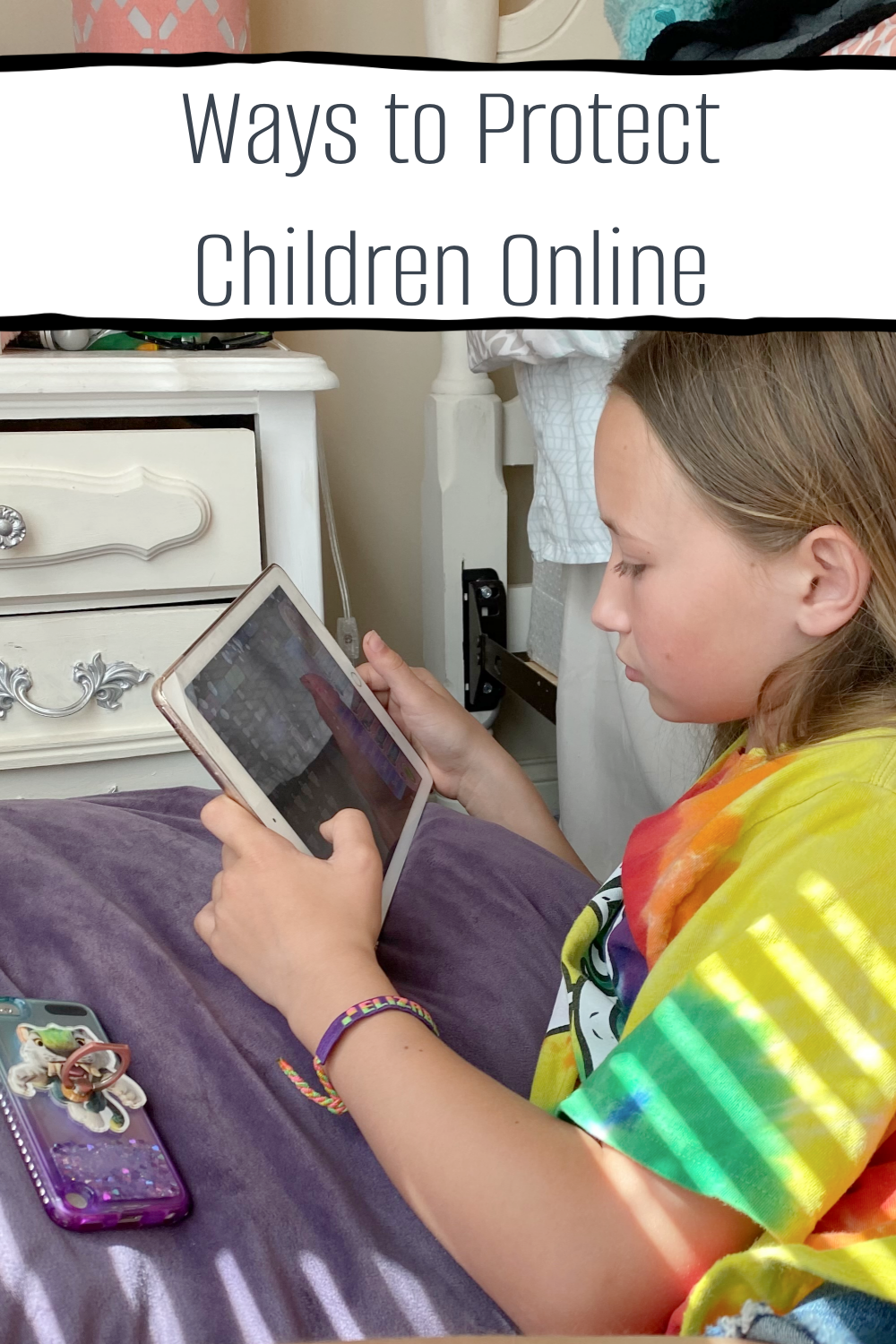If your son or daughter is suddenly falling behind in classes, it’s easy to judge everything. Is the teacher not giving enough time to my child? Has my child developed ADHD; are they not getting proper sleep? The list goes on and on. A multitude of reasons can run through a parent’s mind as they try to figure out what’s going on, but oftentimes it’s something much simpler: not being able to see something that the others kids can. Yep. Eyesight. Luckily, that’s easily addressed.
If you think your child might need an eye checkup, check with your insurance to see what is covered before heading in. Some will automatically cover an optometrist, for example, but would need a reference to see an ophthalmologist. Ideally, you’ll want to make an appointment with a development optometrist, since they’re specialized in understanding how eyesight changes and develops as a child grows.
The appointment itself will take less than 30 minutes, on average, but can be a little frightening for a young child. Make sure to have something to distract them or reward them with afterward.
The initial appointment is the most nerve-wracking, so consider making it a fun experience by taking them out of class to get lunch together before, but since their eyes may be dilated, you may want to consider pulling them out of school for the rest of the day. Children’s eyes remain dilated longer than adults, so don’t be alarmed if their eyes are still slightly dilated when they wake up the next morning.
What to Consider When Choosing Frames
Choosing frames is one of the bigger aspects of the process. Again, you’ll need to check with your insurance to see what they will cover. Some will include anti-glare options for lenses, while others won’t.
When choosing frames, what should you consider? You can use the tips below as a framework, but ultimately you know your child best, so make sure not to doubt yourself when deciding which ones will be best for their lifestyle.
Tip One:
Ideally, you’ll be able to have two pairs of eyeglasses: one for everyday life, and one for backup. Yes, your child will likely misplace his or her glasses a time or two, and yes, there’s a chance they’ll break them. If at all possible, see if your insurance will cover partial cost for a second pair. If not, consider buying a second pair online, since you’ll be able to save money this way.
Tip Two:
Consider different types of frames material.
Is the child sensitive to certain materials? When the child tries on different pairs, do they notice the weight difference between metal and plastic? If your son or daughter has a relatively small or large nose, you may want to opt for metal frames. Why? They have adjustable nose pads! They’re also more flexible around the ears.
Plastic frames can have different benefits though; if the lenses are thick, you’ll want to encourage a plastic frame. They also tend to be a bit more durable for active kids. Also, plastic frames have a wider range of fun colors and designs. If your child has more of a say in picking out his or her glasses, they’re likelier to want to wear them.
Tip Three:
Certain brands of glasses have different warranties. If you know your child is accident-prone or incredibly active, it may be smart to pay a little more up-front to save costs for repairing or replacing the glasses later on. Check with your eye doctor if you have any concerns about warranties.
Introducing Glasses to a child
Make sure you and your child know exactly when they’re supposed to be wearing their glasses. If they are nearsighted, for example, they’ll need to wear them when they’re looking towards the blackboard, but not necessarily when they’re reading.
The first time you put on a new eyeglasses prescription, it can feel a little dizzying, and the world can look a bit distorted. Some people even mention feeling slightly motion sick. To combat this, don’t have the child wear the glasses the first day you get them. Instead, put them on the moment they wake up the next morning, which reduces the disparity between what the child normally sees, and what he or she will see with glasses. It will be an easier transition and the child won’t have reluctance to wear them as much. This obviously is only true if they need to wear the glasses full-time.
One last thing to consider: eyesight, even in adulthood, changes. It can improve while the child ages, so while your son or daughter might need some help right now, make sure to have their eyesight tested yearly so that they can have the appropriate prescription.










These are great tips. I didn't realize until I was about seven I needed glasses.
ReplyDeleteI was really thankful that my kids’ elementary school gave yearly ear and eye checkups 35 years ago! I did not notice my oldest daughter squinting or holding her reading material closer to her face. I was surprised when the school nurse told me that I should take her to the optometrist. She needed glasses soon and that her eyes were pretty bad! I felt really bad! I should have noticed something right? Well she admitted to me that she didn’t want glasses. She didn’t want to be called 4 eyes. The eye doctor was really nice and explained a lot to her. My youngest daughter, whose ten years younger than her oldest sister, needed glasses also. The eye doctor gave her the option to have laser surgery. She hasn’t worn glasses for years, but now she needs glasses �� to drive at night. She’s 35 years old. Some of us get glasses when we age - like me ��. These are really good tips that I shared on Pinterest. Thank you for sharing!
ReplyDeleteReally helpful to know, I'm sure lots of kids experience a need for glasses at some point.
ReplyDelete